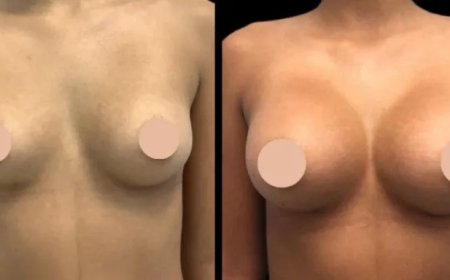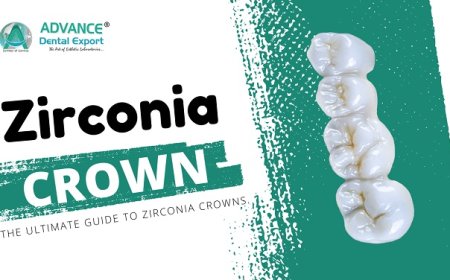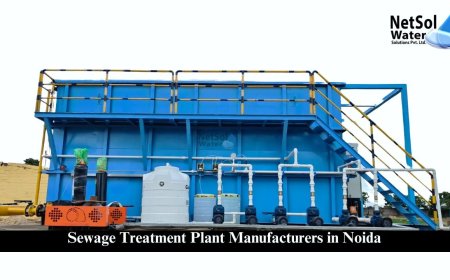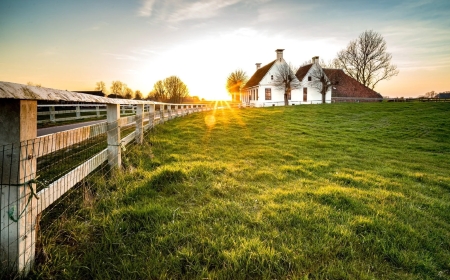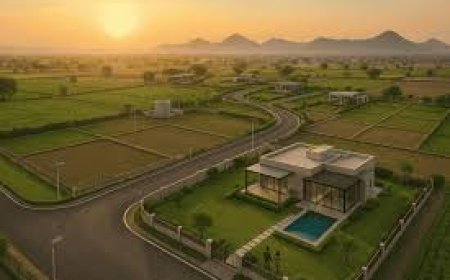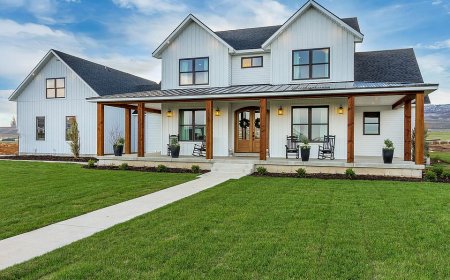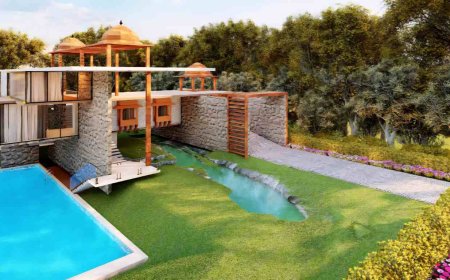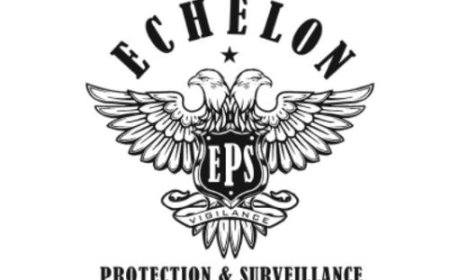Flat Roofs vs. Pitched Roofs: What’s Best for Your Commercial Property?

The roof is one of the most important parts of any commercial building. It protects your structure, your business operations, and the people inside. When designing or replacing a roof, one of the first decisions youll face is choosing between a flat roof and a pitched roof.
Both options have their strengths. The right choice depends on the size of the building, local weather, budget, and long-term commercial roof maintenance. In this guide, well explore the key differences and help you choose the better fit for your property.
What Is a Flat Roof?
Flat roofs are nearly level with a slight slope to help water drain. They're common in commercial buildings because theyre simple, cost-effective, and easy to access.
Many businesses choose flat roofs because they allow more usable space. HVAC systems, solar panels, or even green roofing systems can be placed on top. However, flat roofs come with their own set of maintenance needs.
A flat roof doesnt drain water as quickly as a pitched roof. That means proper sealing, regular cleaning, and frequent inspections are important parts of commercial roof maintenance. If ignored, standing water can lead to leaks and major damage.
What Is a Pitched Roof?
Pitched roofs have a noticeable angle or slope. This design helps rainwater, snow, and debris slide off easily. They are often used in residential buildings but are also seen on smaller commercial structures, especially in areas with heavy rainfall or snow.
The slope of a pitched roof offers natural drainage, which reduces the risk of pooling water. This can make commercial roof maintenance a bit easier in some climates. However, pitched roofs usually require more materials and labor, which makes them more expensive upfront.
Also, because of the slope, theyre harder to access for inspections or repairs. Maintenance tasks can take more time and may require extra safety precautions for workers.
Cost Comparison: Installation and Upkeep
In general, flat roofs are cheaper to install. They use fewer materials and less labor. For large buildings, this can lead to big savings during construction or renovation.
However, when it comes to long-term care, flat roofs may need more frequent maintenance. Because they dont drain as easily, water, leaves, and dirt can build up quickly. Thats why commercial roof maintenance becomes essential to prevent leaks or surface breakdown.
Pitched roofs cost more at the start, but they may need fewer repairs over time. Their slope allows natural water flow, which protects the roofs surface. Still, repairs may be more expensive when theyre needed, since access is more difficult.
Durability and Lifespan
Both roof types can last for decades if maintained well. A flat roof, depending on the materials used, can last between 15 to 30 years. Regular commercial roof maintenance, like clearing drains and resealing the surface, plays a key role in how long it lasts.
Pitched roofs generally have a longer lifespan, often 30 to 50 years, especially when built with strong materials like tile or metal. The natural slope helps shed water and prevents early aging. But if damage does happen, it can be harder to detect and more costly to fix.
So while pitched roofs may last longer, both types need consistent maintenance to reach their full life expectancy.
Energy Efficiency
Flat roofs can support energy-saving systems more easily. For example, you can place solar panels or install a green roof without structural changes. Their surface can be coated with reflective materials that keep the building cool in summer.
However, flat roofs may not insulate as well in colder weather unless they are built with the right materials and layers. This makes insulation an important part of commercial roof maintenance for flat designs.
Pitched roofs, on the other hand, create attic space that adds a natural insulation layer. Heat rises into that space, making the building more energy efficient in winter. You can also install insulation under the slope, which helps regulate indoor temperature all year round.
Drainage and Water Management
Drainage is one of the biggest differences between these two roof types. Flat roofs must be built with slight angles and drains to remove water. Without proper design and cleaning, water can pool, leading to leaks or structural damage.
Thats why drainage checks should be part of every commercial roof maintenance schedule for flat systems. Gutters, scuppers, and internal drains need to stay clean and working.
Pitched roofs drain water more naturally. Rain and snow slide down the slope and into gutters, reducing the chance of standing water. But gutters still need cleaning, especially during autumn when leaves can clog the flow.
Aesthetic and Design Impact
While function is important, the look of your building also matters. Flat roofs offer a clean, modern style that suits most office buildings, warehouses, or retail spaces. They also make it easy to hide systems like air conditioners and satellite equipment.
Pitched roofs give a more traditional appearance. Some clients may find them more attractive or trustworthy, especially in smaller towns or residential areas. However, they also make the building appear taller, which might not suit every neighborhood or business.
Whether you choose flat or pitched, make sure the roof design matches your propertys image and local style standards.
Maintenance Requirements
Flat roofs require consistent attention. Even small cracks or blocked drains can lead to serious problems. Most experts suggest checking flat roofs every season and after big storms. Key tasks include clearing debris, checking seals, and removing standing water.
This makes commercial roof maintenance for flat systems a regular part of property care. But the good news is that flat roofs are safer and easier to walk on, making inspection faster.
Pitched roofs need fewer inspections but come with different risks. The steep slope makes it harder and more dangerous to access. Thats why maintenance should always be done by trained professionals with proper safety equipment.
Which Roof Is Right for Your Commercial Property?
If your building is large and you want to keep costs low, a flat roof might be your best option. Its quicker to install, easier to access, and works well with solar systems or green designs. Just be ready for regular commercial roof maintenance to keep it in shape.
If you live in an area with heavy rain or snow, a pitched roof offers better drainage and may last longer. It may cost more upfront, but can pay off in lower long-term repairs. It also gives your building a more traditional look, which might appeal to some clients.
Every building is different. The best choice depends on your goals, climate, budget, and how much ongoing maintenance youre prepared to handle.
Conclusion
Choosing the right roof is more than just a design decision. It affects your budget, building performance, and long-term care. Whether you go with a flat roof or a pitched one, each comes with unique benefits and maintenance needs.
Flat roofs offer modern style, lower costs, and easier access. But they need close attention to drainage and sealing. Pitched roofs drain naturally and last longer, but may cost more and be harder to service. Whichever you choose, regular commercial roof maintenance is the key to protecting your investment and avoiding expensive repairs.





